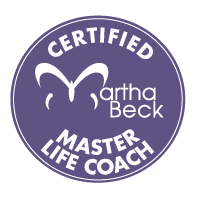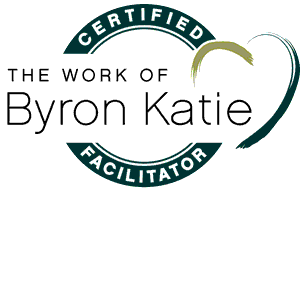
|
My worries have worries. So I built little matchstick houses with large ceilings, a garden for them to grow tomatoes, cilantro, & carrots their worry babies will eat. —Laura Villareal, Poetry Unbound Last week my friend Jenni sent me this snippet of a poem. And there it was, in one perfect image. Everything I’ve been hearing from friends and strangers alike for the last five years. “Worry babies” seem to be invading the planet: growing in gardens, dropping from trees. Once they get established, worries, like crabgrass, tend to take over, setting up residency in our brains and getting busy raising their own worry families. Sometimes they take cover in dreams, full of spikes and hooks that keep drawing us in when we’re just minding our own business. This is the work of the Nightime Worry Family, whose patchwork ticky-tacky housing development parties get wild about 3:00 am. One of my favorite thoughts about worry comes from Bridge of Spies. Tom Hanks’ character, who is trying to save a spy who might well be executed at any moment, repeats his one question three times: “Aren’t you worried?” The reply is always the same: “Would it help?” If you’d like to check it out this link. Lately I’ve been asking Wilma, my inner Worry Wart, if she’s trying to help, because it sure seems the opposite. She made the case that ignoring her completely might mean turning off flashing yellow lights that keep me safe. But often, especially in the middle of the night, her honest answer is “no.” Although an actual worry may contain the seed of a solvable problem (or at least an action item) by the light of day, the ones that set up housekeeping and wake you up at night do NOT offer solutions. Their job is to feed on any anxieties the body may have stored. In unprotected moments, when you forget to ask if it helps to worry, they can have their way with you, repeating past regrets or imagining fearful futures in an endless loop. The best hope for evading the Nighttime Worries is to notice the quick moment when we start to feel ourselves getting hooked at other times in our daily lives. This can be especially challenging during the holidays because that’s when worry families thrive. Try it out for yourself. sometime, in one of those elusive moments a when a worry first arises. Ask yourself whether it’s helpful. Breathe deeply once or twice. Just this much might be enough. Sometimes simply remembering to pay attention at that moment can calm the system. Next, find a quick way to tend to your actual body in some way, even if that means washing your hands or stretching for a couple minutes. Embrace whatever acts of self-care you can, even if it means a quick bathroom Time Out in a moment of overwhelm. When the time is right, you might ask your version of Wilma the Worrier to help develop a long-term plan. Allow some time to listen to what calms her, especially if you tend toward worry loops. Ask her to prioritize your to-do list, quietly eliminating her crazier ideas. If you listen closely, she might suggest you cut out unnecessary duties or dance or take a walk move excess energy. Or perhaps she’d like a little Time Out for herself. Send her to the spa and then give your body and spirit a few minutes (or hours) for a nervous system reset. Cozy up. Take a quick nap if you can. Simply stare out the window while savoring a comforting hot drink. Even better, nurture yourself by getting soupy. Warmly, |
 |
|
PS. Below is a great soup created from a couple of other recipes by way of my friend Martha. The first is from relishmag.com for African Peanut Stew. The second is from http://wpr.org/zorba/recipes/z07-0203r.htm (African Peanut Soup). Enjoy!
|

